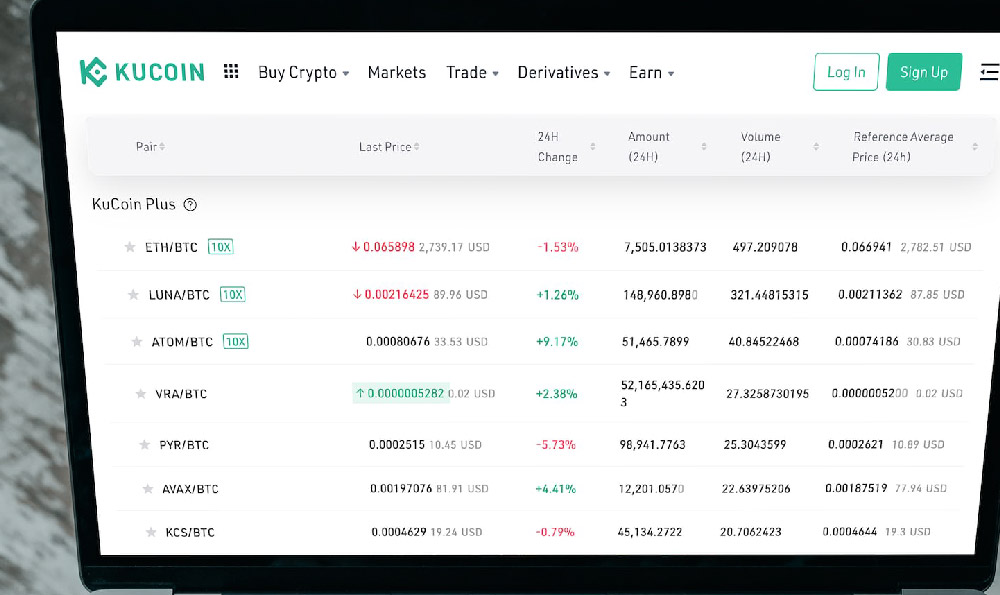TV series have become a cornerstone of the global entertainment industry, generating substantial revenue through a diverse range of business models. Behind the scenes, the financial success of a show depends not only on its creative quality but also on strategic decisions made by producers, studios, and distributors to maximize income streams. This article explores the intricacies of how TV series generate revenue, highlighting the various profit models that shape their financial landscape.
The revenue potential of a TV series often begins with the initial production and distribution phases. Traditional broadcasting models, such as those used by linear television networks, rely heavily on advertising revenue. During the airing of a show, networks sell ad slots to brands, with the value of these placements determined by factors like audience demographics, time of day, and the show's popularity. For example, a prime-time drama with a large viewership can command premium ad rates, sometimes exceeding $100,000 per 30-second spot. This model has long been the primary source of income for networks, but its effectiveness has declined as viewers shift toward on-demand platforms.
In contrast, the rise of streaming services has introduced new income streams. Subscription-based models, now prevalent among platforms like Netflix, Amazon Prime Video, and Hulu, generate revenue through recurring payments from users who access content for a monthly fee. These platforms often invest heavily in exclusive content to attract and retain subscribers, creating a symbiotic relationship where high-quality series drive user engagement and, in turn, increase subscription numbers. The success of such models is evident in the data: streaming subscriptions grew by over 15% globally in 2023, with content creation playing a pivotal role in this expansion.

Beyond direct revenue from broadcasting and streaming, TV series also benefit from ancillary income opportunities. Merchandise sales, for instance, involve the creation of branded products like apparel, toys, or accessories tied to popular characters or storylines. Shows with strong fan bases, such as "Game of Thrones" or "Stranger Things," have seen massive sales of related merchandise, with some franchises generating millions in annual revenue. Additionally, licensing agreements allow creators to monetize their content in other media formats, such as video games, comics, or books, further diversifying their income sources.
The financial model of a TV series is not limited to its initial broadcast or streaming availability. International distribution plays a critical role in expanding revenue potential, as popular content can generate income in foreign markets through licensing deals, satellite TV rights, or co-productions. For example, a British drama series might be distributed in Asia via a partnership with a local streaming platform, creating a new revenue stream while increasing the show's global reach. This model is particularly effective for productions with universal themes, as they can transcend cultural and linguistic barriers to appeal to international audiences.
Another significant income stream is the partnership with advertisers and sponsors who want to integrate their brands into the narrative of a show. Product placement, a widely used tactic, involves embedding branded items into scenes without explicit advertising, allowing for subtle yet effective promotion. For instance, a tech company might pay millions to have its devices featured in a sci-fi series, leveraging the show's popularity to reach a broader consumer base. Such collaborations often require careful negotiation to balance commercial interests with creative integrity, ensuring that the integrated content enhances the viewing experience rather than detracting from it.
The advent of digital platforms has also opened up new avenues for monetization. Pay-per-view options, where viewers pay a one-time fee to access a series immediately, have gained traction for exclusive releases or limited-time content. Additionally, social media platforms provide opportunities for creators to monetize their work through sponsored posts, affiliate marketing, or direct engagement with fans. These models, while less traditional, reflect the evolving nature of media consumption and the need for diversified revenue strategies.
The financial success of a TV series is closely tied to its ability to adapt to technological advancements and changing viewer behaviors. Impact of AI and machine learning on content creation, for example, has introduced new revenue streams through personalized recommendations and targeted marketing campaigns. Platforms like YouTube and TikTok now use algorithmic tools to suggest content to users based on their viewing history, increasing the likelihood of engagement and, consequently, the potential for revenue.
Furthermore, the financial model of a TV series often includes direct engagement with audiences through crowdfunding, fan donations, or live events. Crowdfunding platforms allow creators to raise funds for production, while fan donations can provide additional revenue post-release. Live events, such as press conferences or themed experiences, offer opportunities to monetize the series' popularity by creating exclusive content or interactive experiences for fans.
In the realm of television series, the financial landscape is shaped by a combination of traditional and modern strategies. The success of a show depends on its ability to appeal to diverse audiences, leverage technology, and create sustainable revenue streams. As the media industry continues to evolve, understanding these profit models becomes essential for anyone involved in content creation, distribution, or investment. The enduring appeal of television series lies in their capacity to adapt, innovate, and generate revenue in a variety of ways, ensuring their place as a vital component of the entertainment economy.












